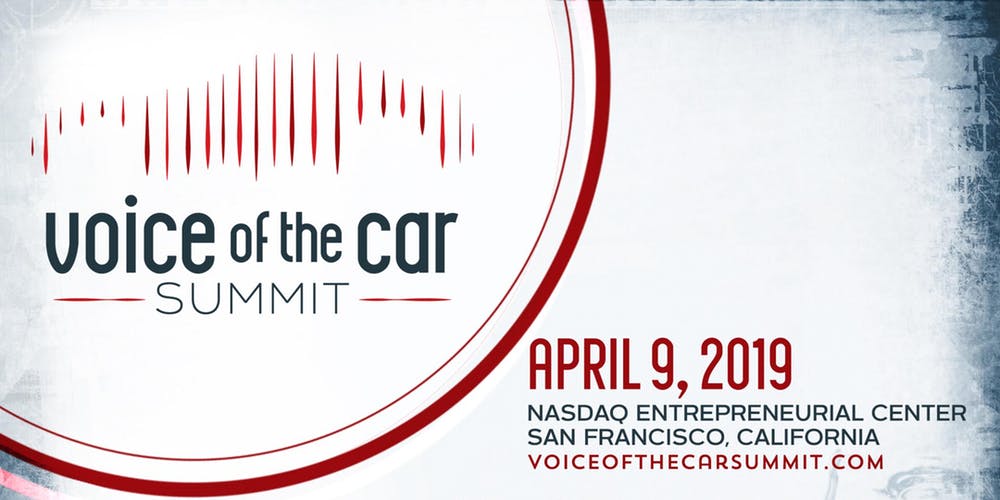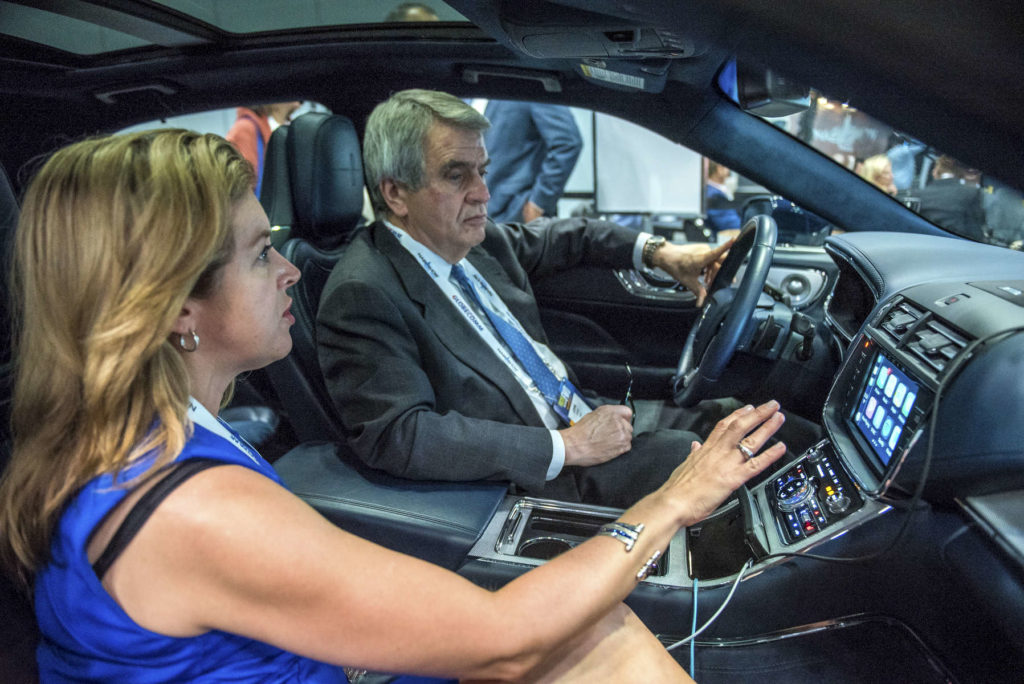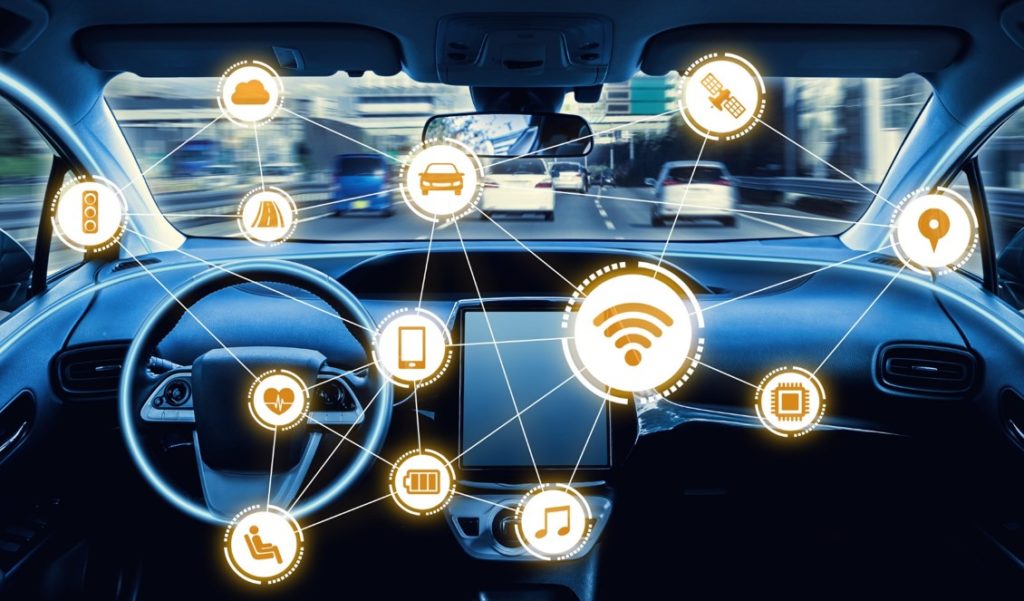
It’s sometimes so strange the way the pieces come together. For example, yesterday afternoon I participated in a webinar that was all about the changing car dashboard. Sponsored by Quu, the metadata company, the presentation revolved around a new research study: Quu’s “2025 In-Vehicle Visuals Report,” analyzing dashboards in the 100 most popular cars and trucks in the U.S.
I was joined by an august group: my brother Paul, Joe D’Angelo, Mike McVay, and Joe Marshall and Steve Newberry from Quu. Steve is now CEO of the company but when today’s #TBT post was written six years ago, Steve was an NAB EVP. All of us have been working in this space for many, many years. We’ve seen technology rock the world of media—and radio—along the way, a big topic in yesterday’s webinar.
How have the players in this drama done since 2019 when it comes to their dashboard performance? For the OEMs (the auto manufacturers), it is no better than a C. Sure, screens have expanded and multiplied. But most consumers would likely say the array of screens and buttons haven’t gotten any more intuitive or easy to use. If it wasn’t for Apple CarPlay and Android Auto, the in-car experience would be mediocre at best. And finally, decisions about how dashboards are equipped and operate seem as random and scattershot as ever.
And then there’s radio. Paul and I did a dashboard audit of broadcast radio metadata for the NAB back in 2017 in three U.S. markets. The very poor results for FM stations was part of what motivated Steve Newberry to take on the Quu mission. While there has not been a follow-up study to quantify the changes, my observation is that dashboard messaging is better, but only marginally. Perhaps what has changed is the awareness level among most broadcasters that it matters.
That’s a start. But as an industry, we have to do better, especially as content in the car continues to grow while the technology continues rolling on. I’ll have a new post about some of these changes tomorrow. In the meantime, enjoy this nostalgic look at radio in the car. -FJ
April 2019
In the long history of TV sitcoms, some very outrageous scenarios have been concocted by comedy writers looking for laughs. One of my favorite concepts is the talking car, an idea that hit the airwaves in 1965 on My Mother the Car, starring the unwitting Jerry Van Dyke, along with his mother—the reincarnated voice of the family 1928 Porter (voiced by Ann Sothern) that came out of the radio.
Shockingly, My Mother the Car lasted less than a year, despite its brilliant writing, plotting, and clever premise.
But that didn’t stop NBC, the network that gave us that memorable show from trying the talking car formula again. In 1982, they added technology and launched Knight Rider starring David Hasselhoff, and a hi-tech voice equipped car—KITT—voiced by the inimitable William Daniels. Knight Rider had a great deal more success, lasting several seasons, and returning in various incarnations on TV and in film.
Back then, cars that talked and problem-solved seemed farfetched. But not by today’s standards where we are seeing the rapid presence of smart voice technology in the cars we drive, first with systems engineered by the various automakers, then via Apple CarPlay and Android Auto, and now featuring Alexa, the voice of Amazon’s Echo platform.
How big a deal is voice to the future of automotive? Today in San Francisco, a new conference—the “Voice Of The Car Summit”—takes place, featuring on-stage appearances from Google, Amazon, Microsoft, SoundHound, and many others.
Put together by Score Publishing’s Bradley Metrock, this debut event promises to explore some of the burgeoning best practices and technologies  powering voice in cars. While limiting driver distraction is clearly a goal for carmakers, their Tier 1 suppliers, as well as technology companies, the other “killer app” is the ability for drivers and passengers to access anything and everything by just speaking to the car.
powering voice in cars. While limiting driver distraction is clearly a goal for carmakers, their Tier 1 suppliers, as well as technology companies, the other “killer app” is the ability for drivers and passengers to access anything and everything by just speaking to the car.
I’ll also be on a panel at this summit, sharing the stage with Audioburst’s Rachel Batish and Voices.com’s David Ciccarelli for a panel called “Convergence Within The Car,” moderated by Metrock.
I’ll be bringing the perspective of broadcast radio, while hoping to gather new information about where this space is headed, and how we can ensure AM and FM outlets maintain a strong presence in every vehicle.

Photo courtesy of ronwyattphotos.com/
From there, it’s off to Las Vegas and the NAB Show. As has been the case the last few years as an outgrowth of our DASH Conferences, the NAB has gone “all in” to ratchet up radio’s presence in the automotive community. From keynotes and presentations to demos of connected cars featuring ecosystems like Apple CarPlay, NAB has taken a lead role in both industry communication as well as lobbying efforts.
At this year’s mega-show, cars will continue to play a prominent role on the convention floor, as well as during sessions. Paul Jacobs is moderating “The Impact of Mobility on Media”—a panel devoted to the trajectory of automotive and where radio fits in. Joining him is the NAB’s EVP of Industry Affairs & Special Projects, Steve Newberry, along with iHeart’s SVP of Business Development & Partnerships, John Vermeer, and Ford’s Global Lead, Content Ecosystem Management, Scott Burnell.
Over the past several years, the NAB has played an increasingly active role interfacing with the auto community on topics as important as autonomous vehicles, AI, voice, hybrid radio, and other issues germane to the radio business. The overriding goal is to elevate broadcast radio’s presence in the world of cars, and to ensure radio stations hold onto their primary “real estate” in dashboard head units.
The timing is fascinating. The Wall Street Journal recently ran an extensive piece (it may be behind a pay wall), “The Battle for the Last  Unconquered Screen—The One in Your Car” by Tim Higgins and William Boston.
Unconquered Screen—The One in Your Car” by Tim Higgins and William Boston.
It’s a thorough analysis that covers the confluence of automakers and technology companies, as they jockey for position to control the dash.
Some estimate that as much as $750 billion in additional dollars could be gleaned from in-vehicle technology (ads, auto maintenance). To say it’s all about the dash is putting it mildly.
As Telenav’s Ky Tang points out, “We see this as the battle for the fourth screen”—after TV, computers, and mobile phones.
At CES in January, we blogged about a hot, red Ford Mustang that we called “multilingual.” That was because it was fluent in Siri, Alexa, Google Voice, and  of course, the manufacturer’s system, SYNC.
of course, the manufacturer’s system, SYNC.
And while the tech who demoed the vehicle for us insisted that Ford is indifferent about which “language” a consumer chooses to communicate with the car. But as Ford’s executive director of connected vehicle and services, Don Butler, reminds the WSJ, “We need to control the user experience.”
That will present a challenge as the dashboard becomes crowded with hardware and software that is developed by hybrid mashups of automakers and tech companies.
And all the while, the broadcast radio industry must stay in the game, building presence, trust, and synergy with these global forces, often in conflict with each other.
When you think about it, radio and cars have been tacit partners for nearly a century. And yet, the two industries essentially had not spoken to one another for decades.
Until just the past few years.
There’s no question there are many issues of paramount importance facing radio broadcasters as the industry gathers in Vegas this week. But given the growing percentage of in-car listening, the entire radio industry needs to elevate automotive to the highest possible level of importance.
There’s a lot riding on it.
Join me for the debut of Techsurvey 2025 on Tuesday, April 15 at 2pm ET. Questions run the gamut regarding radio and technology, plus exciting new data about radio and the car. Register here.
Originally published by Jacobs Media









